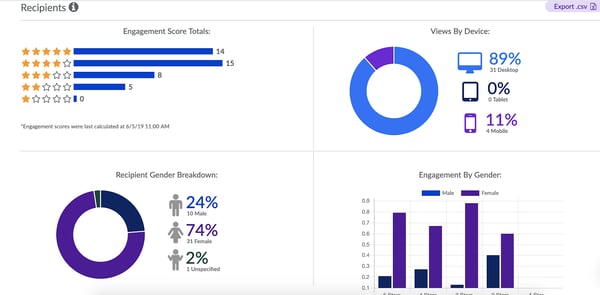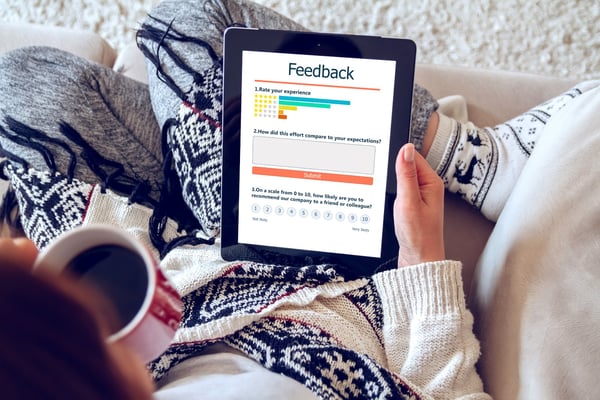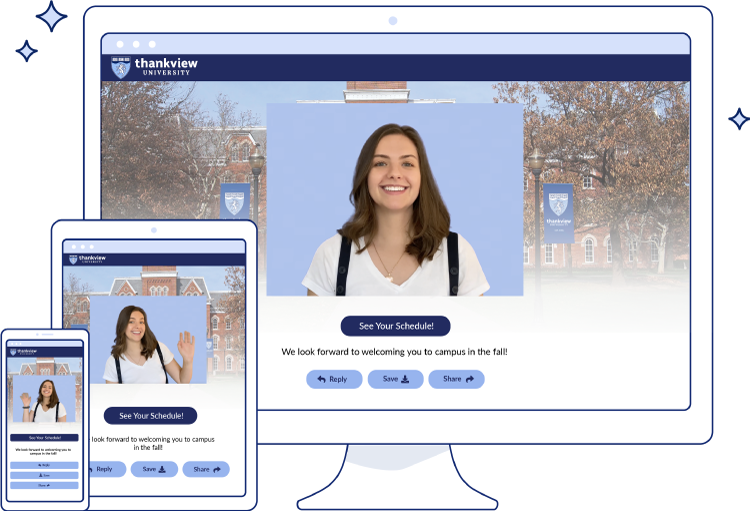Donor Relationship Strategies: Improve Your Donor Retention Rate
You know relationship building is key to forming lasting connections — but how exactly do you develop authentic relationships with your donors? You can find opportunities to get to know your donors better in all of your donor activities if you take the right approach.
These creative methods for developing meaningful donor relationships will have your donors coming back for more year after year.
Get To Know Your Donors
Rather than inundating your prospects with information on how deserving and efficient your nonprofit is, focus on getting to know your prospects and why they are interested in your organization — that’s donor cultivation. If you have a better understanding of why your prospective donor is interested in supporting you, you can be more intentional with your ask approach.
When speaking with your prospective donors, be sure your conversations are not all tailored around asks — direct or indirect. You can show your donors how invested you are in getting to know them by creating a get-to-know-you video to send out through email or text.
With an easy-to-use video request feature, you can pre-record questions and invite your donors to respond via video at their convenience. This feature lets you provide a personalized touch even during times where it’s not possible to meet your prospects in person.
Take a peek through some suggested questions below that can help you build trust and form deeper relationships before the first ask:
- What interests you about our organization?
- Do you have a personal connection to our cause?
- In what ways are you interested in supporting our organization?
- What questions do you have about our organization?
- Have you supported other organizations in the past? If so, what types and how?
- Do you have any like-minded friends or family who might also be interested in supporting us?
- What are your views and plans around personal philanthropy?
Segment Donors for Personalized Outreach
Once you’ve cultivated and converted your prospects to donors, you’ll want to stay in touch to deepen your relationship further. Segmenting your donors breaks down your donor list into meaningful groups or categories based on some optional criteria.
You can apply your segments when communicating through many channels, including email, text messages, phone calls, or direct mail. A platform like ThankView has an engagement score feature so you can segment your list further based on your donor’s engagement with your different pieces of communication.

Some of the most popular types of segments to adopt are:
- Acquisition method: If you know where your donors came from, you can be sure your messaging and communications are in line with their preferences, showing you value their time. You can sort by previous volunteers, website visitors, peer-to-peer fundraisers, social media acquired donors and many more.
- Size of gift: When you sort your donors by the amount they’re giving, you can make more thoughtful asks. For example, a donor who has regularly contributed $50 a year for a few years may increase their gift to $75 a year without a lot of thought. On the other hand, an annual donor who contributes $1,000 could reasonably be asked for a more considerable increase without your organization seeming out of touch.
- Interests: When you consider your donors’ interests, you can be sure the communications and invitations you are sending make the recipient feel like you’ve taken the time to get to know them. Some of your donors may have interests in joining an ambassador program, while others prefer to be informed of event volunteer opportunities.
- Communication preferences: With so many ways to communicate with your donors, it makes sense to document how your donors prefer to hear from you. You can show your donors you are invested in building relationships with them and will engage with them in a manner that works for them, further building respect.
- Relationship type: Segment your list into new donors, current donors, or major gift donors to further personalize your communication. Your outreach to donors who are newer to your organization should be different than communications geared towards longer standing donors.
Your organization can experiment with these metrics and many others to see what works best. Using segmenting will help you form meaningful relationships by sending thoughtful and relevant communications to your donors.
Promote Donor Engagement

Your organization’s segmentation strategy will inherently promote donor engagement — but there are other things you can do to be sure your donors are active and engaged! Keeping your donors engaged can lead to longer-lasting relationships, repeat donations, and a sense of belonging for your donors.
Sharing impact stories with your donors is an effective way to maintain engagement. Portray your donors as the heroes of the story so they can see their impact from a different angle! You can post campaign recaps on social media and include easily shareable photos of substantial progress.
For an even more engaging way to show your donors their impact, send videos with interviews from beneficiaries of your organization sharing how their lives have improved due to your mission or campaign.
Forming an ambassador program for your nonprofit organization gives your donors another way to engage with your organization. Ambassadors can help your organization in several ways, but many organizations opt to have their ambassadors support their social media efforts by creating, sharing, and promoting social media posts. Your ambassadors could help by making follow-up phone calls to recent donors or even take the lead on peer-to-peer fundraising campaigns.
No matter how your organization chooses to strategize your donor engagement, be sure to outline engagement-related metrics your organization will track so you can easily monitor the health of your donor engagement strategies and adjust as necessary.
Show Gratitude and Appreciation
More than likely, thank you messages are already part of your engagement and communication strategy. We’re shining a spotlight on a few ways you can go above and beyond in your donor appreciation efforts. Traditional handwritten cards and personal phone calls will always be in style, but a little creativity can help you appeal to and retain a larger demographic:
- Social media posts: You can thank your donors on social media with general gratitude-filled posts and can use various media such as video, photos, or infographics. For a more individualized thank you, add a quick comment publicly thanking donors who share their support for your organization on social media.
- Newsletter: You can showcase your donors in your regularly scheduled newsletters. Whether you include a Donor of the Month category in your newsletter template or personally welcome new donors by name in each newsletter, your gratitude to your donors will not go unnoticed!
- Birthday: Communications that have nothing to do with direct asks can surprise and delight your donors. If you capture birthdate information in your donor profiles, create a birthday campaign in your donor communications calendar so you can reach out to your donors on their birthdays. For a unique approach, you can use ThankView to send personalized video birthday messages!
If your donors feel like they’re appreciated, they’re more likely to become repeat donors, helping to boost your donor retention rate and form lasting relationships.
Ask Your Donors for Feedback

We’ve talked a bit about different opportunities to communicate with your donors that don’t involve asking your donors for money. Besides saying thank you, asking for feedback is a great way to show donors that you value their opinions and thoughts without requesting a donation.
Your donor management software or CRM may include a survey tool as part of the platform. No matter how you solicit feedback from your donors, even donors who don’t respond will see that you care.
Here are some questions you might consider asking your donors:
- Which campaigns have you most enjoyed?
- What types of events would you like to see?
- Which aspect of our mission is most important to you?
- How do you prefer to hear from us and how often?
- Did you find it easy to donate to our organization?
- How likely are you to suggest supporting our organization to a friend or family member?
- Do you feel you have a clear understanding of how your contribution helped?
Tailor questions to your organization or mission as needed but don’t hesitate to send requests for feedback frequently! Responses from your donors can help your organization form effective relationship management strategies and fundraising strategies — all while showing your donors you value their opinion.
Strengthen Your Donor Connections
When you take the time to get to know your donors from the beginning of your relationship, you can build a foundation to build on as time goes on and engagement continues. Use the strategies above to increase your donor retention rate and form deeper relationships with your donors.
If your organization is ready to add personalized videos to your donor relationship-building tools, reach out to the ThankView team for a demo.
